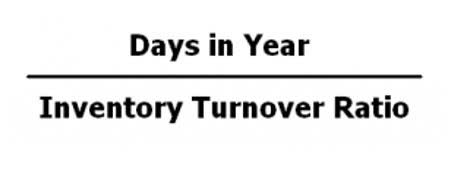
Sandra Habiger is a Chartered Professional Accountant with a Bachelor’s Degree in Business Administration from the University of Washington. Sandra’s areas of focus include advising real estate agents, brokers, and investors. She supports small businesses in growing to their first six figures and beyond. Alongside her accounting practice, Sandra is a Money and Life Coach for women in business.

This information is separately reported, so that investors, creditors, and lenders can gain a better understanding of the obligations that a business has taken on. These obligations are usually some form of debt; if so, the terms of the debt agreements are typically included in the disclosures that accompany the financial statements. Deferred tax liabilities, which of the following are long-term liabilities? deferred compensation, and pension obligations may also be included in this classification. It’s important to note that there are several types of long-term liabilities. Bonds get issued by a company in order to raise capital and are typically repaid over a period of years. The long-term portion of a bond payable is reported as a long-term liability.
What are Long-Term Liabilities?
Read on as we take a closer look at everything to do with these types of liabilities, such as how you calculate them, how they’re used, and give you some examples. This was all about the long-term liabilities, which are an essential part of long term financing for an organisation. The Ascent is a Motley Fool service that rates and reviews essential products for your everyday money matters. The Balance Sheet integrally links with the Income Statement and the Cash Flow Statement. Therefore, changes on the Income Statement and the Cash Flow Statement will trickle over to the Balance Sheet. Some examples of how the Income Statement and the Cash Flow Statement can affect long term obligations are listed below.

The best way to track both assets and liabilities is by using accounting software, which will help categorize liabilities properly. However, even if you’re using a manual accounting system, you still need to record liabilities properly. Notice that Current Liabilities is explicitly labeled and has its own subtotal. On the contrary, Non-Current Liabilities are not explicitly labeled. There are no heading that inform readers that line items in a particular section are Non-Current Liabilities. Instead, companies merely list individual Long-Term Liabilities underneath the Current Liabilities section.
Common Types of Liabilities
Even if it’s just the electric bill and rent for your office, they still need to be tracked and recorded. Bonds are typically issued by public utilities, hospitals, and local governments. The combination of the last two bullet points is the amount of the company’s net income. For the past 52 years, Harold Averkamp (CPA, MBA) hasworked as an accounting supervisor, manager, consultant, university instructor, and innovator in teaching accounting online. He is the sole author of all the materials on AccountingCoach.com.
Long-term liabilities are the sum of all the money owed to other persons by a business, over a longer period. They generally extend past 12 months (with current liabilities due within 12 months). When a business lists long-term liabilities in their accounts, the current portion of this debt is separated from the rest of the debt. This allows business owners to see how much money the business has right now and whether it can pay its current debts when they are due. On a balance sheet, your long term liabilities and short term liabilities are added together to determine a business’ total debt. Long-term liabilities are those obligations of a business that are not due for payment within the next twelve months.








